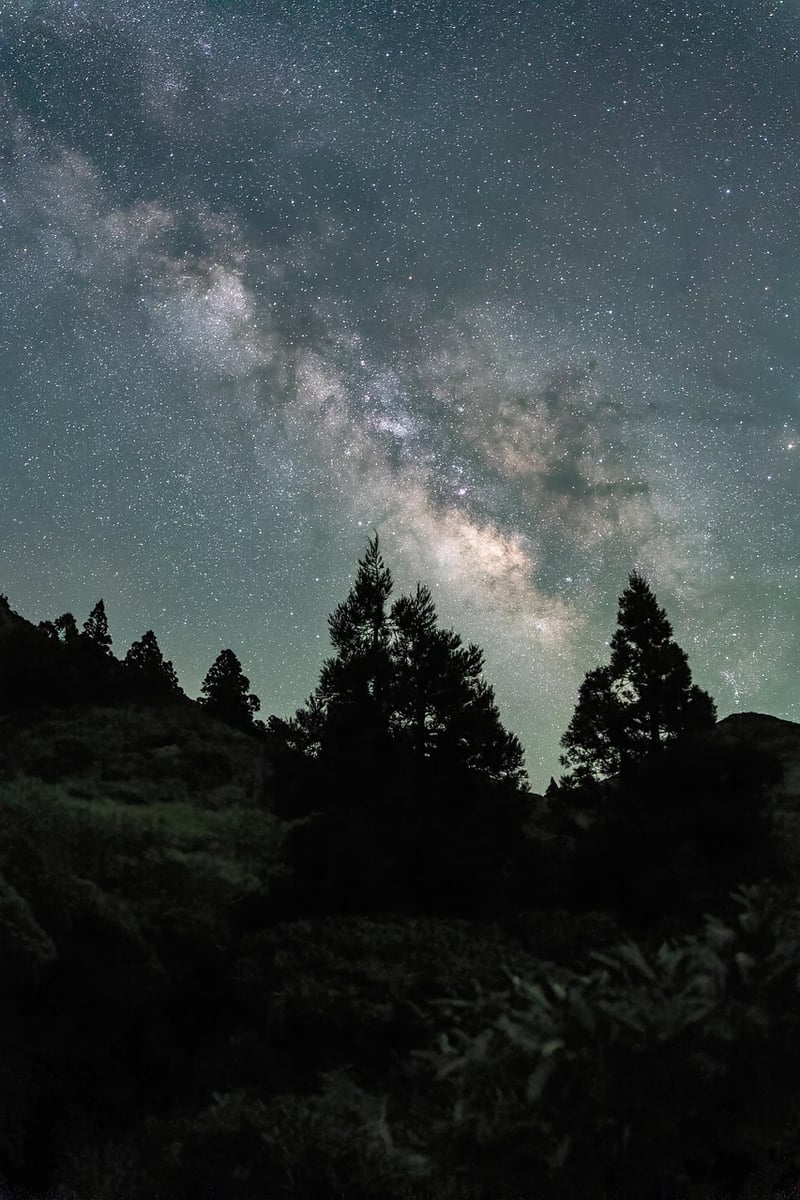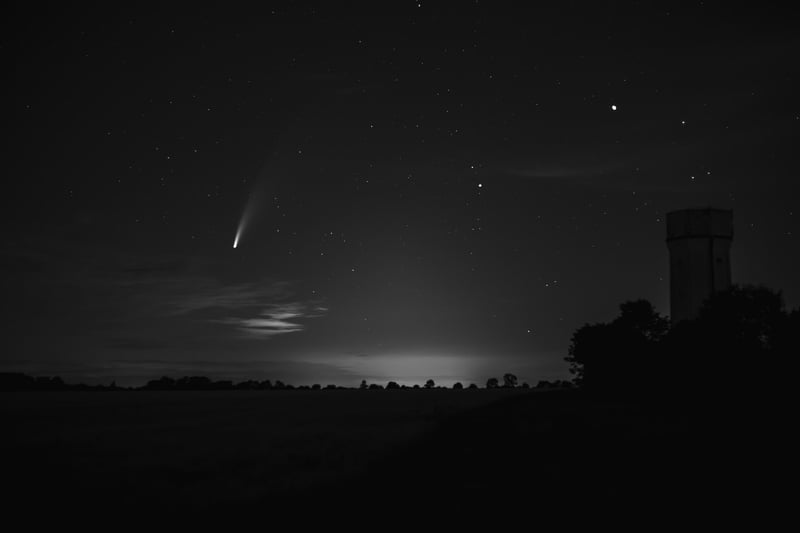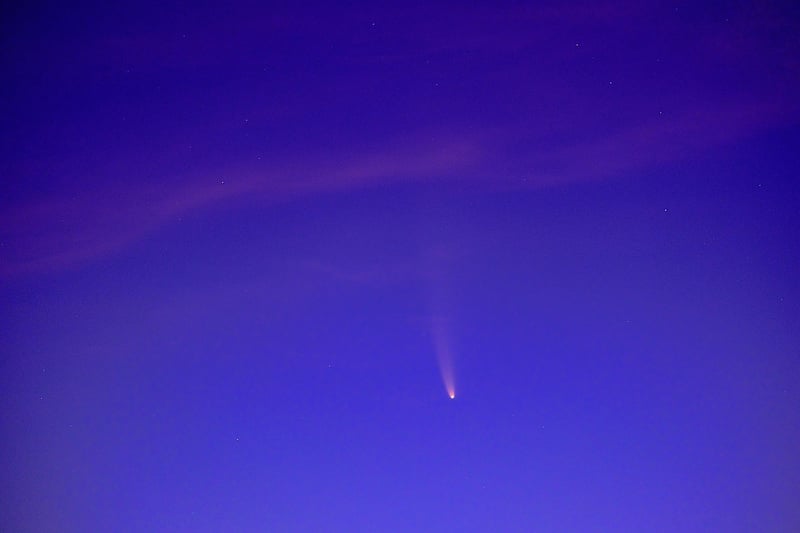Comet Sightings
The Wonders of Space: Comet Sightings
Space, the final frontier, has always captivated humanity with its vastness and mysteries. Among the many celestial wonders, comets hold a special place as they streak across the night sky, leaving a trail of awe and wonder in their wake.
What are Comets?
Comets are cosmic snowballs of dust, ice, rock, and organic compounds that orbit the Sun. When they come close to the Sun, they heat up and release gas and dust, creating a glowing coma and a spectacular tail that can stretch for millions of kilometers.
Comet Sightings
Throughout history, comets have been both feared and revered. Ancient civilizations often saw them as omens of change or upheaval. Today, comets are viewed as fascinating objects of scientific study and breathtaking celestial displays.
Famous Comets
- Halley's Comet: One of the most famous comets, Halley's Comet, returns to the inner solar system roughly every 76 years, last appearing in 1986. Its next predicted return is in 2061.
- Hale-Bopp: Hale-Bopp, discovered in 1995, became one of the brightest comets seen in decades, visible to the naked eye for a record 18 months.
- Comet NEOWISE: In 2020, Comet NEOWISE graced the skies, captivating observers around the world with its stunning tail.
How to Spot a Comet
Comets are best viewed in the hours before dawn or after sunset when the sky is dark but the comet is illuminated by the Sun. Away from city lights, find a clear, dark spot with an unobstructed view of the horizon.
Upcoming Comet Sightings
Stay tuned for upcoming comet sightings by following astronomy websites, joining local stargazing groups, or using astronomy apps that alert you to celestial events.
So, keep your eyes on the sky and witness the beauty of comets as they journey through the cosmos, reminding us of the wonders of the universe.

Image: Milky Way - Image by Free-Photos from Pixabay

